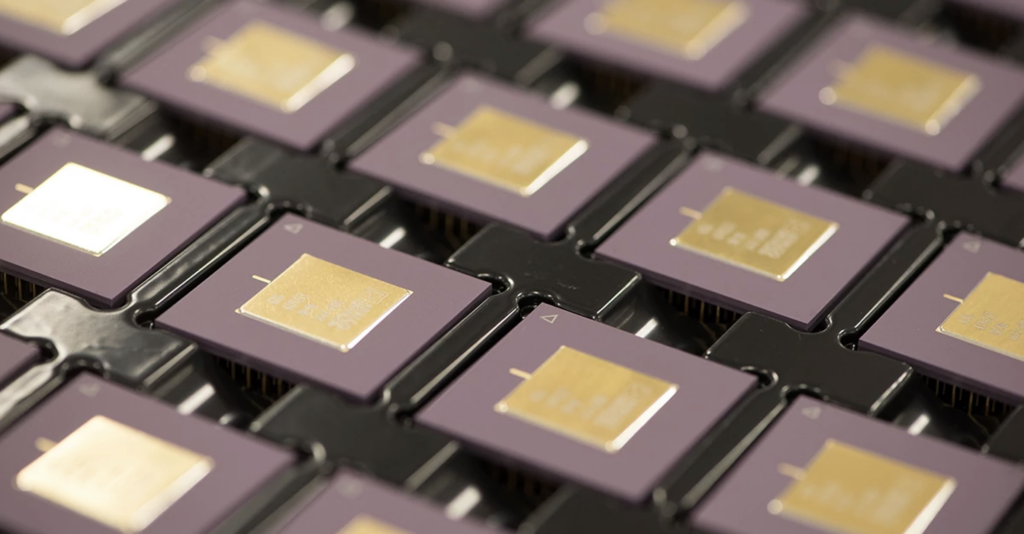Rochester Electronics’ product and technology solutions manager, EMEA, Ken Greenwood, helps readers ensure seamless operations and uninterrupted production
To remain competitive, OEMs must have a comprehensive understanding of costs associated with component obsolescence. Obsolescence cost measurement drives prioritization and risk reduction plans. Obsolescence should never be an afterthought, rather a proactive consideration ensuring seamless operations and uninterrupted production.
Component lifecycles and predicted EOL dates can be monitored and tracked using industry data tools. By integrating the project plan for end equipment, organizations can effectively forecast and simulate the costs involved in addressing obsolescence in a pre-emptive manner. The following are a Qfew questions for any plan.

Does the project plan need to include anticipated product refresh or redesign during its life? Are resources allocated to support these plans?
These events are not one-time actions. Instead, they necessitate consistent and regular evaluations by a multi-discipline team throughout a project’s duration and life.
How will the business account for capital locked in long-term component sourcing?
For many long-term projects, money tied up in last- time-buy stock represents a significant financial investment. Moreover, uncertainty surrounding potential outcome after >five-years of storage adds an extra layer of risk.
How will component obsolescence impact after-sales service commitments?
The costs of servicing a long and uncertain after-market tail are often forgotten.
What effect would a shortened equipment life have on customers and end-users?
Prematurely ending equipment life or cutting service life short can have costly consequences, including reputational damage. Additionally, it poses an immediate risk of customers turning to competitors to seek alternatives.
While component lifecycles are trackable, end-of-life (EOL) predictability is not infallible. Most predictions rely on algorithms. However, unpredictable events have the power to surpass mathematical calculations. Supplier consolidation, tool breakages or natural disasters can completely disrupt established rules and strategies.
Component obsolescence and the subsequent request for last-time-buys instigate a requirement for customers to predict their future equipment sales. However, these forecasts often prove to be unreliable due to unforeseen market changes that conspire to hinder re-designs or alter market conditions.
By sharing the BOM or critical parts lists for long-term programs with their component supplier, customers can gain a comprehensive understanding of project risks and proactively develop plans to mitigate them before obsolescence becomes a concern.
Authorized aftermarket distributors and manufacturers, such as Rochester Electronics, provide a risk-free long-term source for semiconductors, offering: stock to overcome market shortages or long lead times; a trusted source for obsolete components; and long-term manufacturing from wafer of selected product ranges.
Additionally, partnering with a licensed semiconductor manufacturer can mitigate component EOL risks. A licensed manufacturer can produce devices no longer supplied by the OCM. When a component is discontinued, the remaining tested wafer/ die, assembly processes and original test IP, are transferred to the licensed manufacturer by the OCM. This means previously discontinued components are still available newly manufactured and 100 per cent compliant with the original specifications. No additional qualifications are required or software changes.

